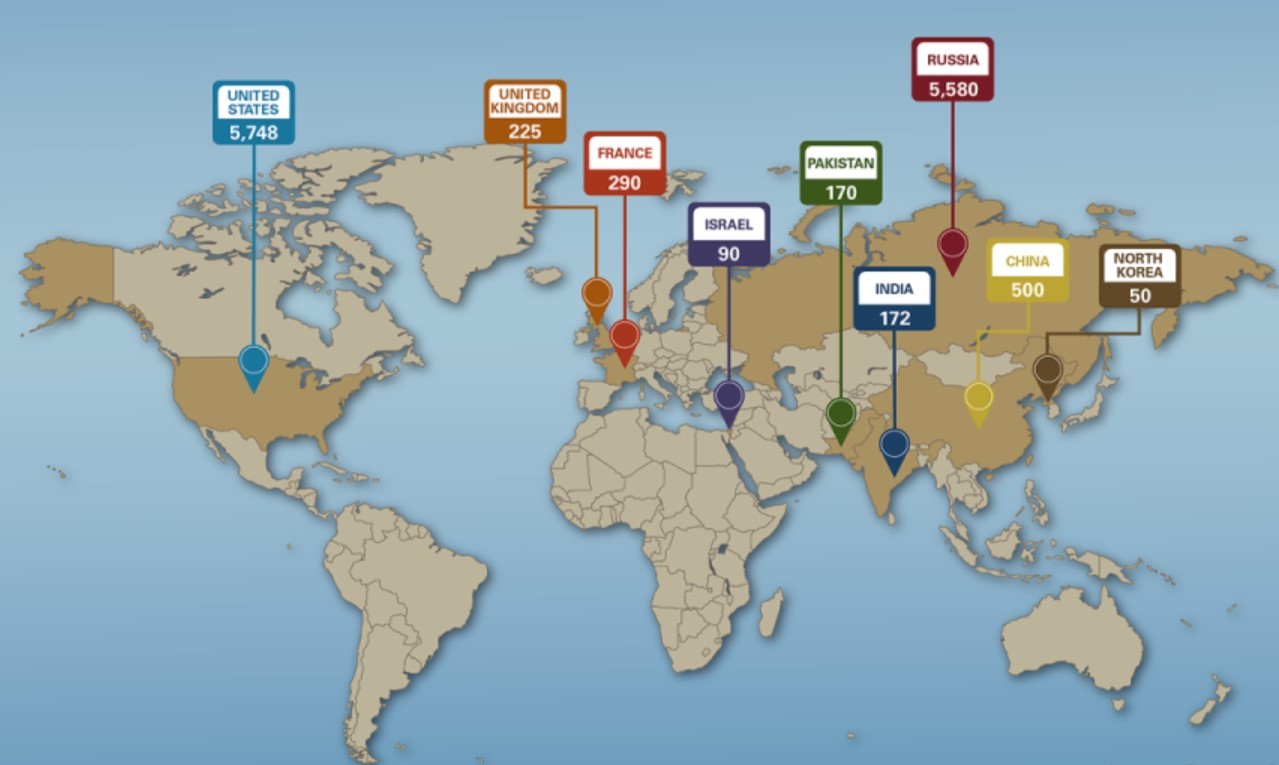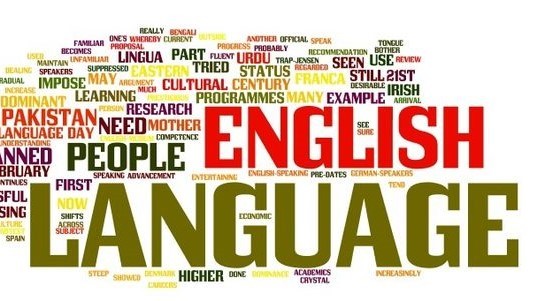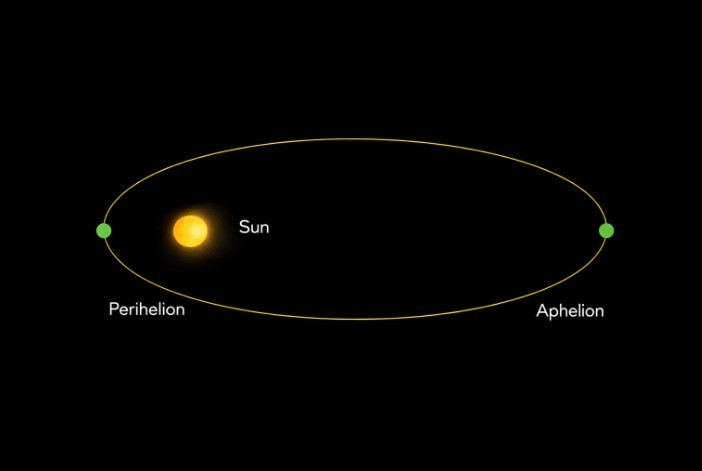Interesting Facts About Five Regions Of Asia
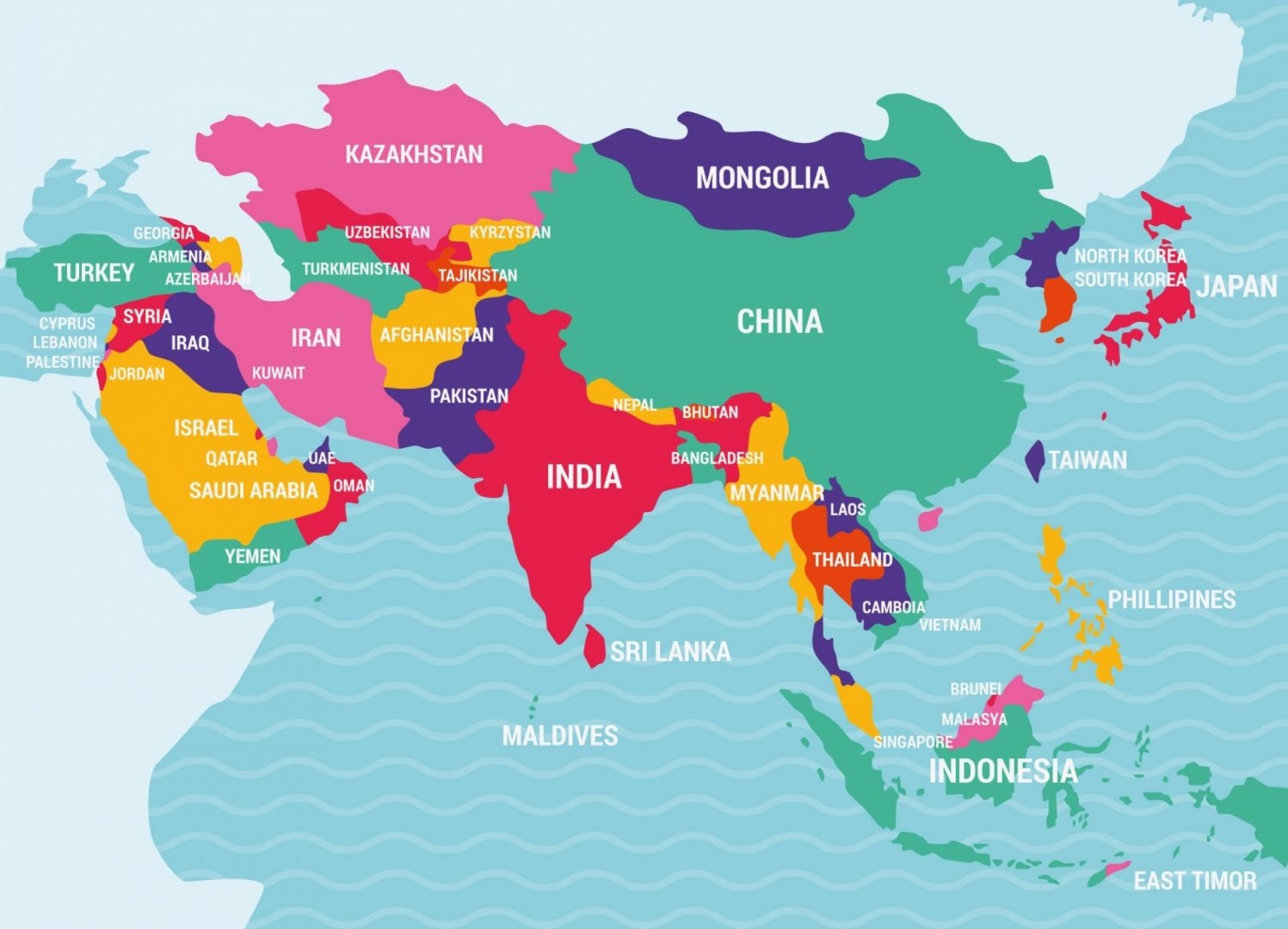 |
| Photo: |
Asia is the largest continent in the world in terms of both land area and population. It covers around 17 million square miles and is home to over four billion individuals.
History of Asia
The history of Asia can be seen as the collective history of several distinct peripheral coastal regions such as East Asia, South Asia, Southeast Asia and the Middle East linked by the interior mass of the Eurasian steppe. See History of the Middle East and Outline of South Asian history for further details.
The coastal periphery was the home to some of the world's earliest known civilizations and religions, with each of the three regions developing early civilizations around fertile river valleys. These valleys were fertile because the soil there was rich and could bear many root crops. The civilizations in Mesopotamia, India, and China shared many similarities and likely exchanged technologies and ideas such as mathematics and the wheel. Other notions such as that of writing likely developed individually in each area. Cities, states, and then empires developed in these lowlands.
The steppe region had long been inhabited by mounted nomads, and from the central steppes, they could reach all areas of the Asian continent. The northern part of the continent, covering much of Siberia was also inaccessible to the steppe nomads due to the dense forests and the tundra. These areas in Siberia were very sparsely populated.
The centre and periphery were kept separate by mountains and deserts. The Caucasus, Himalaya, Karakum Desert, and Gobi Desert formed barriers that the steppe horsemen could only cross with difficulty. While technologically and culturally the city dwellers were more advanced, they could do little militarily to defend against the mounted hordes of the steppe. However, the lowlands did not have enough open grasslands to support a large horsebound force. Thus the nomads who conquered states in the Middle East were soon forced to adapt to the local societies.
The spread of Islam waved the Islamic Golden Age and the Timurid Renaissance, which later influenced the age of Islamic gunpowder empires.
Asia's history features major developments seen in other parts of the world, as well as events that have affected those other regions. These include the trade of the Silk Road, which spread cultures, languages, religions, and diseases throughout Afro-Eurasian trade. Another major advancement was the innovation of gunpowder in medieval China, later developed by the Gunpowder empires, mainly by the Mughals and Safavids, which led to advanced warfare through the use of guns.
Quick Facts about 5 regions of Asia
*Asia can be divided into five regions. These are Central Asia, East Asia, South Asia, Southeast Asia, and Western Asia.
*Central Asia is politically divided into five countries: Tajikistan, Uzbekistan, Kazakhstan, Turkmenistan, and Kyrgyzstan.
*East Asia is politically divided into eight countries and regions: China, Mongolia, North Korea, South Korea, Japan, Hong Kong, Taiwan, and Macau.
*South Asia is politically divided into nine autonomous countries: Sri Lanka, Bangladesh, India, Afghanistan, Pakistan, Bhutan, Nepal, Iran, and the Maldives.
*Southeast Asia is politically divided into 11 countries: Brunei, Cambodia, Indonesia, Laos, Malaysia, Myanmar, Philippines, Singapore, Thailand, Timor Leste, and Vietnam.
The culture of Asia
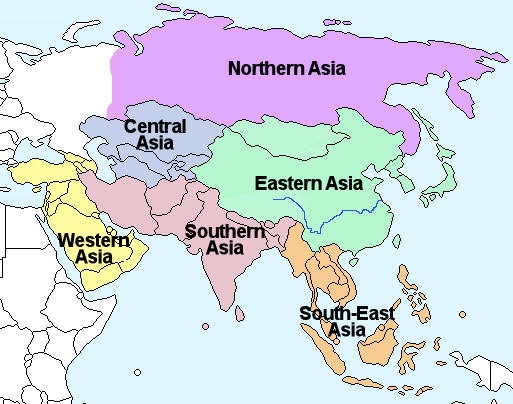 |
| Photo: |
The culture of Asia encompasses the collective and diverse customs and traditions of art, architecture, music, literature, lifestyle, philosophy, politics and religion that have been practiced and maintained by the numerous ethnic groups of the continent of Asia since prehistory. Identification of a specific culture of Asia or universal elements among the colossal diversity that has emanated from multiple cultural spheres and three of the four ancient River valley civilizations is complicated. However, the continent is commonly divided into six geographic sub-regions, that are characterized by perceivable commonalities, like culture, religion, language and relative ethnic (racial) homogeneity. These regions are Central Asia, East Asia, North Asia, South Asia, Southeast Asia and West Asia.
As the largest, most populous continent and rich in resources, Asia is home to several of the world's oldest civilizations, that produced the majority of the great religious systems, the oldest known recorded myths and codices on ethics and morality.
However, Asia's enormous size separates the various civilizations by great distances and hostile environments, such as deserts and mountain ranges. Yet by challenging and overcoming these distances, trade and commerce gradually developed a truly universal, Pan-Asian character. Inter-regional trade was the driving and cohesive force, by which cultural elements and ideas spread to the various sub-regions via the vast road network and the many sea routes, according to Wikipedia.
How many countries are there in Asia?
The area is shared by 50 countries. By far the largest nation by area is Russia, with more than 17 million km², 13 million km² (77%) are in Asia.
The second-largest country is China, with an area of 9.6 million km².
The smallest independent state in Asia is the island nation of Maldives with 298 km²
Discover the Five Regions of Asia - Detailed Information
1. Western Asia
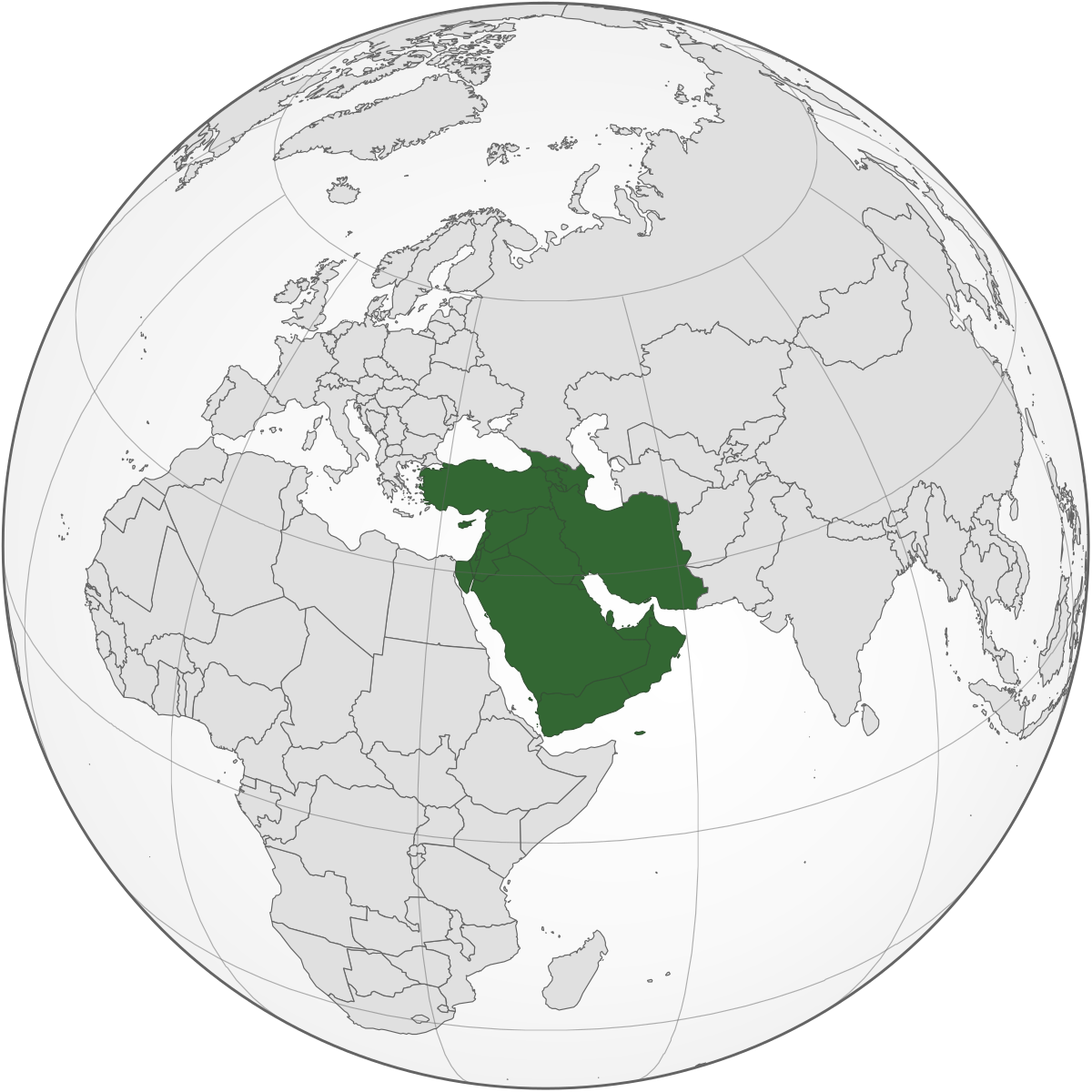 |
| Photo: Wikipedia |
(Georgia, Armenia, Azerbaijan, Turkey, Cyprus, Syria, Lebanon, Israel, Palestine, Jordan, Iraq, Oman, Yemen, Kuwait, Bahrain, Qatar, Saudi Arabia)
West Asia is located in the area between Central Asia and Africa, south of Eastern Europe. The majority of the region is often referred to as the Middle East, although it geographically excludes the mainland of Egypt (which is culturally considered a Middle Eastern country). West Asia is politically divided into 18 states: Georgia, Armenia, Azerbaijan, Turkey, Cyprus, Syria, Lebanon, Israel, Palestine, Jordan, Iraq, Kuwait, Bahrain, Qatar, Saudi Arabia, United Arab Emirates, Oman, and Yemen. It also includes the Sinai Peninsula of Egypt. The region covers a total area of around 2.415 million square miles and has a population size of 313.428 million.
A large area of the region is covered by an arid desert environment. However, West Asia does have several points of access to large bodies of water, including the Black Sea, Persian Gulf, Arabian Sea, Red Sea, Caspian Sea, Mediterranean Sea, and the Aegean Sea.
2. Southeast Asia
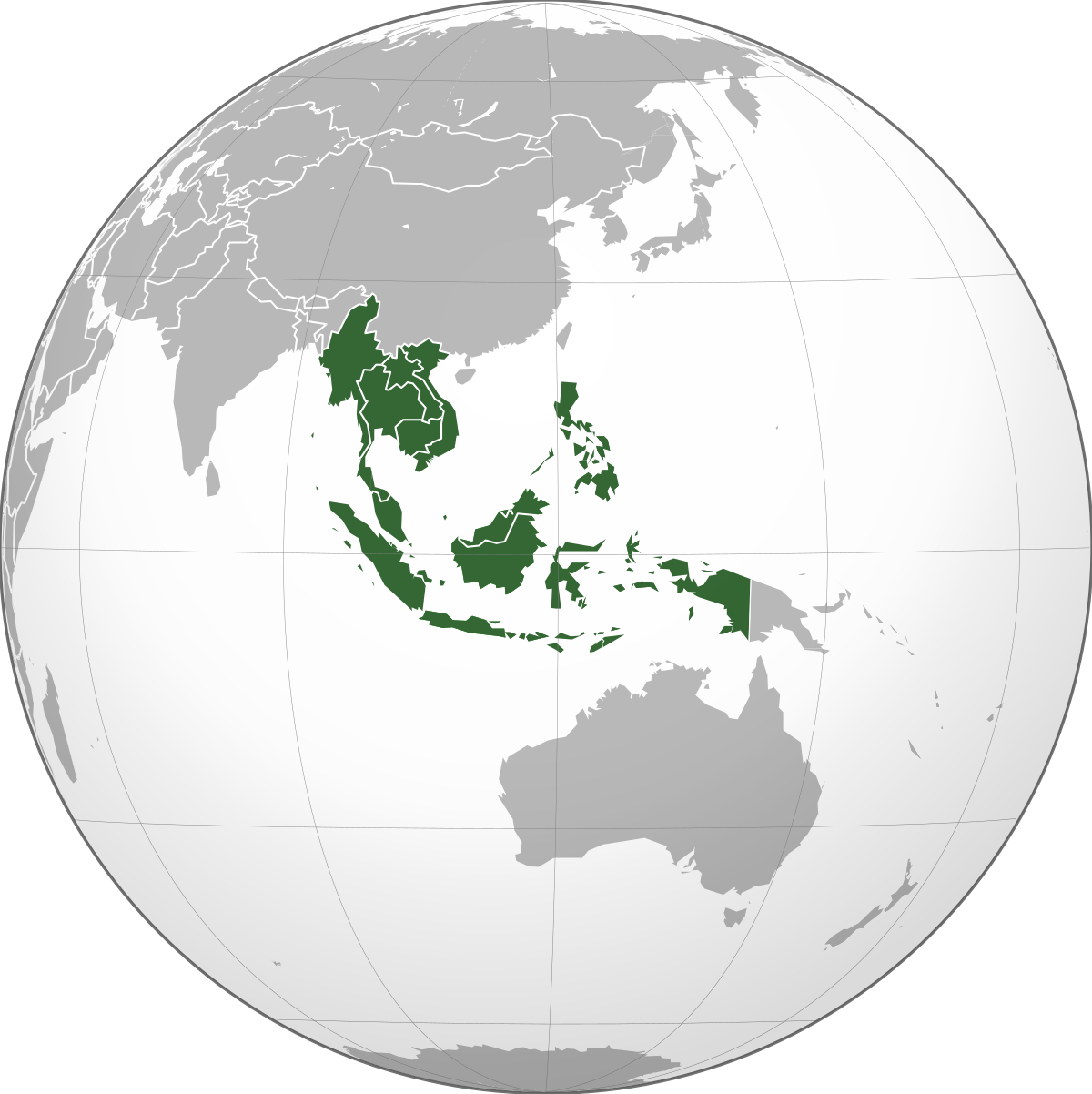 |
| Photo: Wikipedia |
Southeast Asia is located north of Australia, south of East Asia, west of the Pacific Ocean, and east of the Bay of Bengal. It encompasses several island and archipelago nations that stretch between the northern and southern hemispheres, making it the only Asian region located on both sides of the equator. Southeast Asia is politically divided into 15 countries and territories: Brunei, Cambodia, Indonesia, Laos, Malaysia, Myanmar, Philippines, Singapore, Thailand, Timor Leste, and Vietnam.(Brunei, Cambodia, Indonesia, Laos, Malaysia, Myanmar, Philippines, Singapore, Thailand, Timor Leste, Vietnam)
Southeast Asia covers a total area of 1,735,121 square miles and has a population size of more than 641 million individuals. The geography of Southeast Asia is characterized by a large number of archipelagos. The Indonesian Archipelago is the biggest in the world and is home to the largest number of active volcanoes in the world. The region's importance in global trade began during the spice trade, which started before European exploration. Today, the economy of Southeast Asia is rapidly developing. Indonesia is considered the largest economy in the region and is East Asia's only member of the G20.
Facts:
Singapore has a building inspired by a Star Wars robot
Yes, you read that right. It wasn’t just a nerdy architect having a laugh, either. ‘The Sandcrawler’, which was named after its on-screen counterpart, looks similarly ready to shudder across the sands of Tatooine in search of droids for scrap.
First opened in 2013, the building now houses Lucasfilm Ltd.’s Asia offices, and is a ‘state-of-the-art complex housing animation offices and ILM Singapore.’ If you’re a Star Wars fan, this could be another great reason for you to study abroad in Singapore – your chance to see the mighty Sandcrawler in person!
There are more than 150 volcanoes in Indonesia
Indonesia is located on the boundary of the pacific plate – an area known as the ‘Ring of Fire’. With 127 of the country’s volcanoes currently active, it’s easy to see how it got this name!
Indonesia’s most active volcano is Mount Merapi (pictured above), on the island of Java. It typically erupts every two to three years, with larger eruptions every decade or so. A particularly large eruption in 1006 is said to have left the entire island blanketed in ash.
Southeast Asia is home to the world’s largest flower…
How many flower-based facts about Asia do you know? Not so many? Well, here’s one to remember… The Rafflesia, found growing on the forest floors of Malaysia, Thailand and Indonesia, produces huge flowers of up to a meter across. Their distinctive shape and size have earned them an emblematic status, and the Rafflesia has been adopted as Indonesia’s official state flower.
If you encounter one on a study abroad adventure, however, don’t get too close! The Rafflesia is known colloquially as the ‘corpse flower’ or the ‘stinking lily’, due to its physical appearance, and the foul odor it uses to attract pollinating insects.
Indonesia is the world’s fourth most populous country
And finally on our list of surprising facts about Asia – did you know that Indonesia follows China, India and the US, to claim the world’s fourth-largest population? The area of the country’s total landmass is around three times the size of Texas, and is made up of thousands of islands of varying size, which span an area of over 5,000 kilometers from east to west. This enormous scale has produced a nation of highly diverse cultures, with different customs and traditions from island to island.
3. South Asia
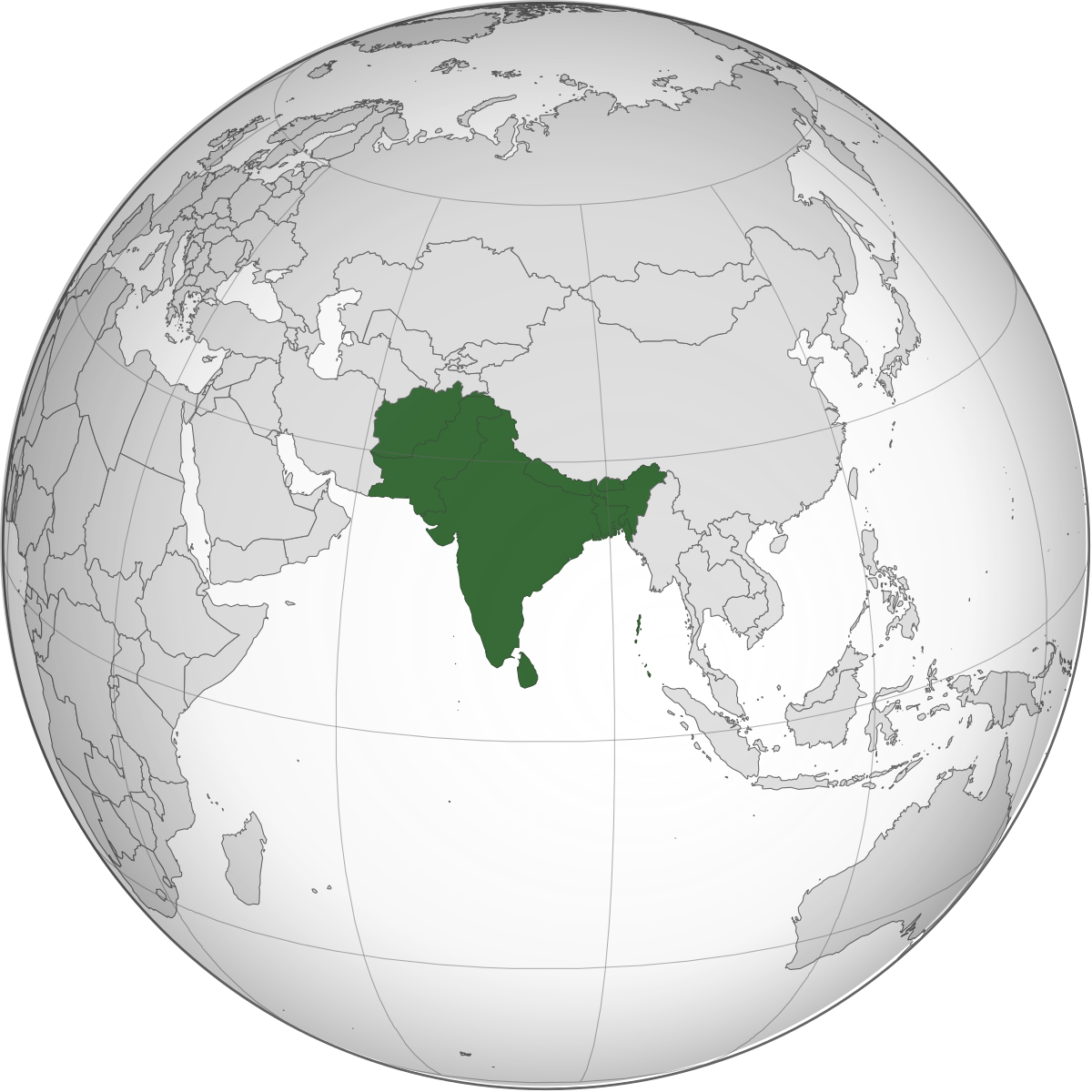 |
| Photo: Wikipedia |
(Sri Lanka, Bangladesh, India, Afghanistan, Pakistan, Bhutan, Nepal, The Maldives, Iran)
South Asia has a peninsula-like shape that is bordered by three bodies of water: the Indian Ocean to the south, the Bay of Bengal to the east, and the Arabian Sea to the west. The region includes Indian subcontinent and surrounding countries. South Asia is politically divided into 9 autonomous countries: Sri Lanka, Bangladesh, India, Afghanistan, Pakistan, Bhutan, Nepal, Iran, and the Maldives. The region covers a total area of roughly two million square miles and has a population size of more than 1.74 billion, which is nearly a quarter of the global population. Additionally, South Asia has the distinction of being the most densely populated area in the world.
4. East Asia
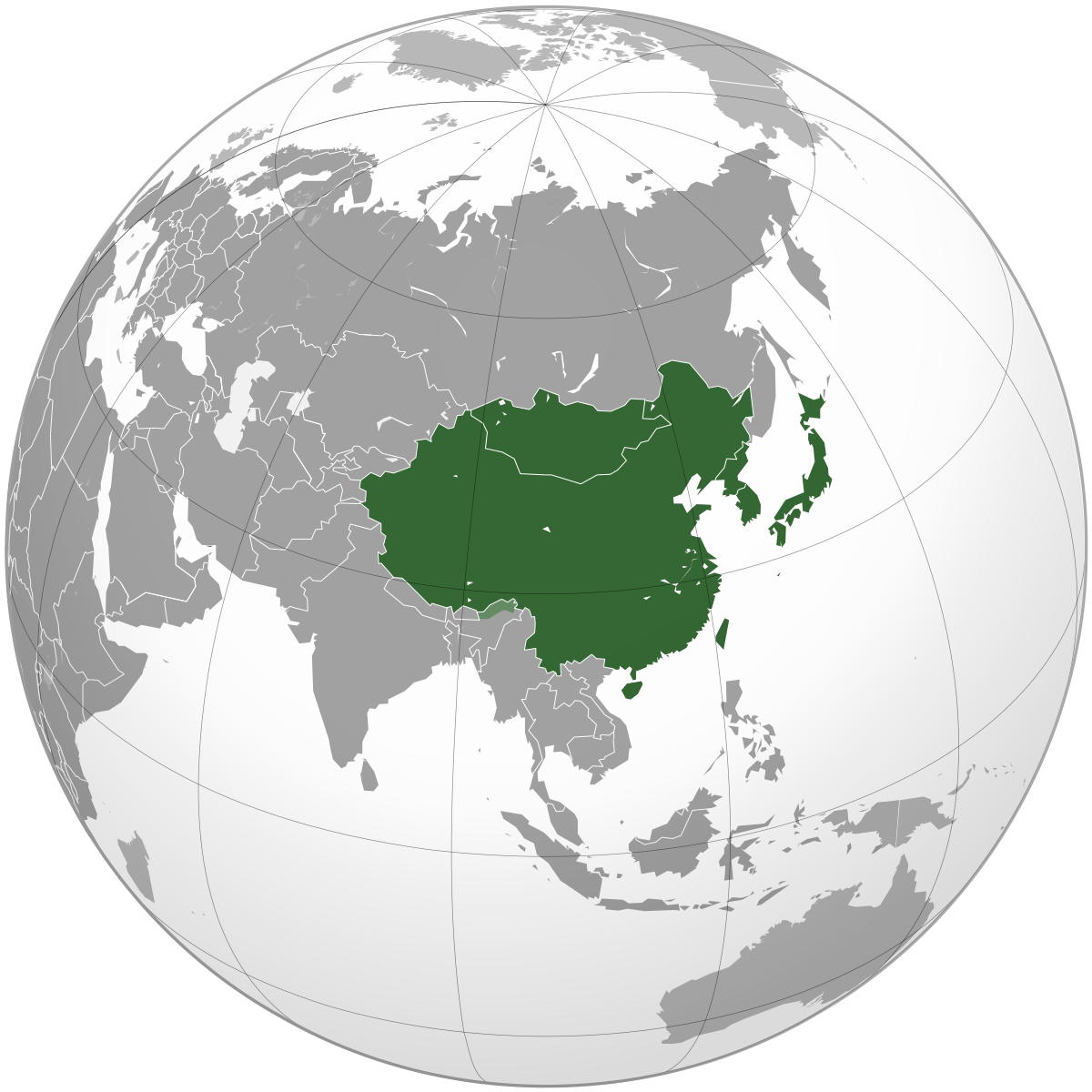 |
| Photo: Wikipedia |
(China, Japan, Mongolia, North Korea, South Korea)
The subregion of Eastern Asia has a population of nearly 1.7 billion, and consists of 5 countries, including the most populous country in the world, China. The Chinese population is estimated at more than 1.4 billion. The least populous country in Eastern Asia is Mongolia, with a population of approximately 3.29 million. Eastern Asian countries China and Japan are the second and third biggest economies in the world respectively. China is expected to become the world’s largest economy, surpassing the United States, by 2028. Eastern Asia also includes what is arguably the most isolated country in the world, North Korea, which is a communist state with a severely stagnant economy. The rest of Eastern Asia, particularly Japan and South Korea, view North Korea with concern and suspicion, especially in light of the fact that the communist country is known to have several nuclear weapons at its disposal. The most populous city in Eastern Asia is Tokyo, which is home to a whopping 38.2 million people. The Chinese cities of Shanghai and Beijing are the second and third most populous cities in Eastern Asia respectively, both having populations of more than 20 million.
Asian TerritoriesTaiwan Hong Kong Macau In addition to Asia’s 48 countries, the continent also includes three other territories. Two of them, Hong Kong and Macau, are Special Administrative Regions of the People’s Republic of China. Both territories were originally part of China, but were taken by European powers in centuries past. Hong Kong was a British colony, but was ceded back to China in 1997. Macau was a Portuguese colony until 1999, when it too was returned to Chinese control. The third Asian territory is the island of Taiwan, which is now a de facto independent state. Most countries, however, do not recognize Taiwan as an independent country, and instead consider it a province of China. China itself considers the island a renegade province that must eventually be put under its rule, and has threatened to use force to take control of the island. |
Interesting Facts About Asia
China produces 45 billion pairs of chopsticks each year
OK, so there are a lot of people in China – but that’s still a pretty large number! In addition to the nation’s own chopstick production industry, some Chinese restaurants now import chopsticks made by US producers, who often use a lighter wood that doesn’t need to be bleached.
When travelling to Asia, be sure to brush up on your chopstick etiquette. Be aware that it is considered bad manners to tap your chopsticks on the side of your bowl, and pointing your rested chopsticks at fellow diners is downright rude!
South Korea has a separate Valentine’s Day for single people
In many Western cultures, Valentine’s Day (14 February) tends to be dominated by loved-up couples who buy each other gifts. But in South Korea, the celebration is slightly different. February 14th is just one of 12 ‘love days’, which are celebrated on the 14th of each month.
In South Korea, February’s Valentine’s Day sees women give chocolates to men as a sign of affection. A month later, on 14 March, White Day is celebrated, when men traditionally reciprocate with another gift.
If you didn’t receive any gifts at all, then fear not: there’s a day for you too! April 14th is an unofficial holiday known as Black Day, and is a day for unhitched singles to get together and grumble over a bowl of jajangmyeon, the black noodle dish that gives the day its name.
Japan has produced 22 Nobel Laureates
That’s more per capita than any other Asian country! Japan has long enjoyed a proud reputation as a technological, cultural and artistic powerhouse, which started long before the country’s first Nobel Prize was won by Hideki Yukawa in 1949.
Yukawa worked at Kyoto Imperial University as a theoretical physicist. He won the Nobel Prize for his work on subatomic particles, and went on to win countless awards in Japan and beyond, including the prestigious Lomonosov Gold Medal in 1964.
5. Central Asia
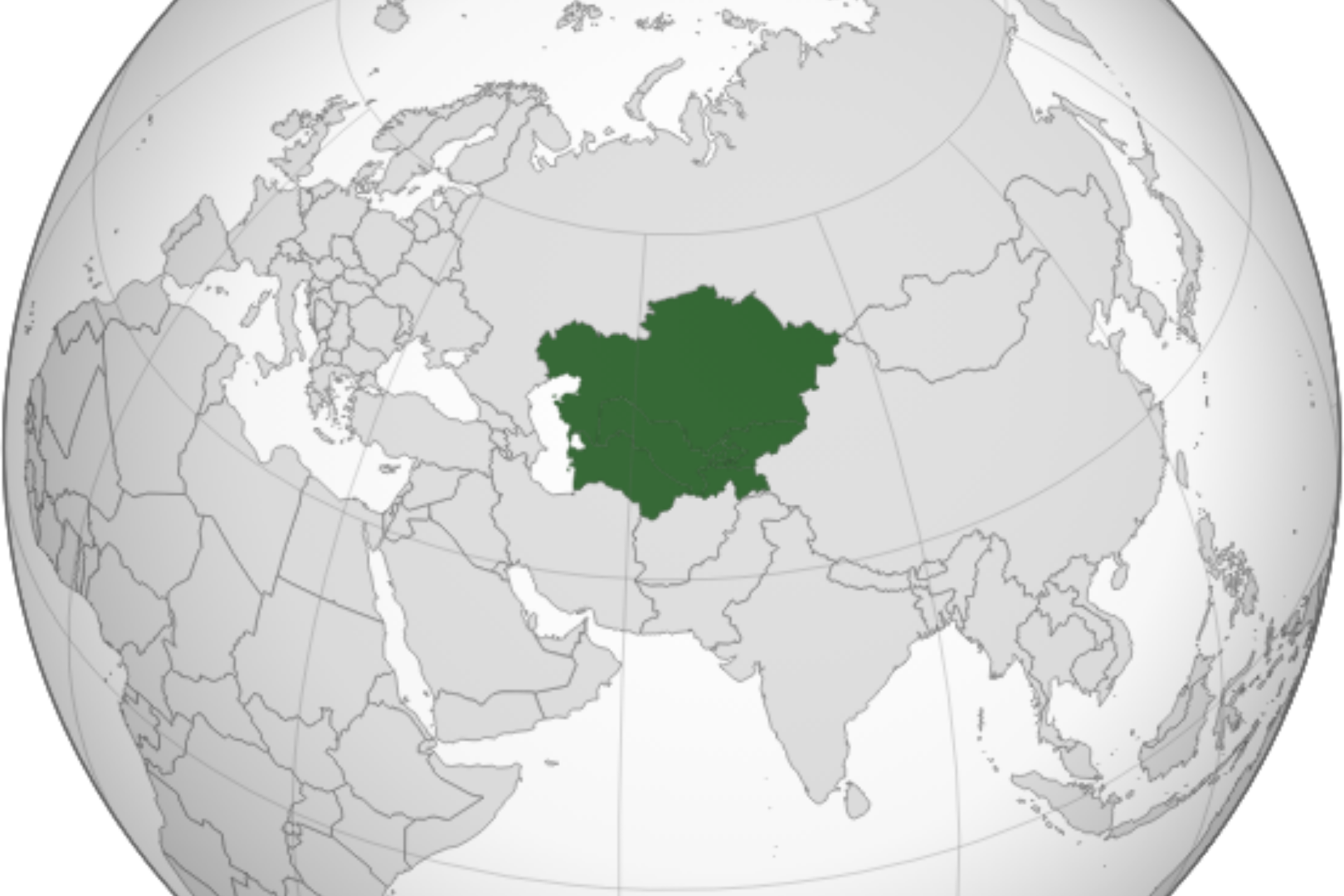 |
| Photo: Wikipedia |
(Tajikistan, Uzbekistan, Kazakhstan, Turkmenistan, Kyrgyzstan)
The term Central Asia refers to a region in Asia between the Caspian Sea and Western China. Central Asia includes Afghanistan, Kazakhstan, Kyrgyzstan, Tajikistan, Turkmenistan, and Uzbekistan, which are all predominantly Muslim countries and, with the exception of Afghanistan, were all former Soviet republics.
An estimated 74 million people live in Central Asia (in 2020).
The region's population is about 75.1 million, making it the least populous subregion of the continent. Like Eastern Asia, Central Asia consists of 5 countries. All of these countries were part of the Soviet Union, until it collapsed in 1991. Since then, these countries have been separate independent states. The most populous country in Central Asia is Uzbekistan, with a population in excess of 33 million. The least populous country in the subregion is Turkmenistan, which has a population of approximately 6 million. Central Asia includes one transcontinental country, Kazakhstan, which is also the largest country in the subregion. Some of its territory is considered part of Europe. However, the vast majority of Kazakhstan’s population resides in Asia, thus it is designated as an Asian country by the UN. The most populous city in Central Asia is Uzbekistan’s capital, Tashkent, which has approximately 2 million residents.
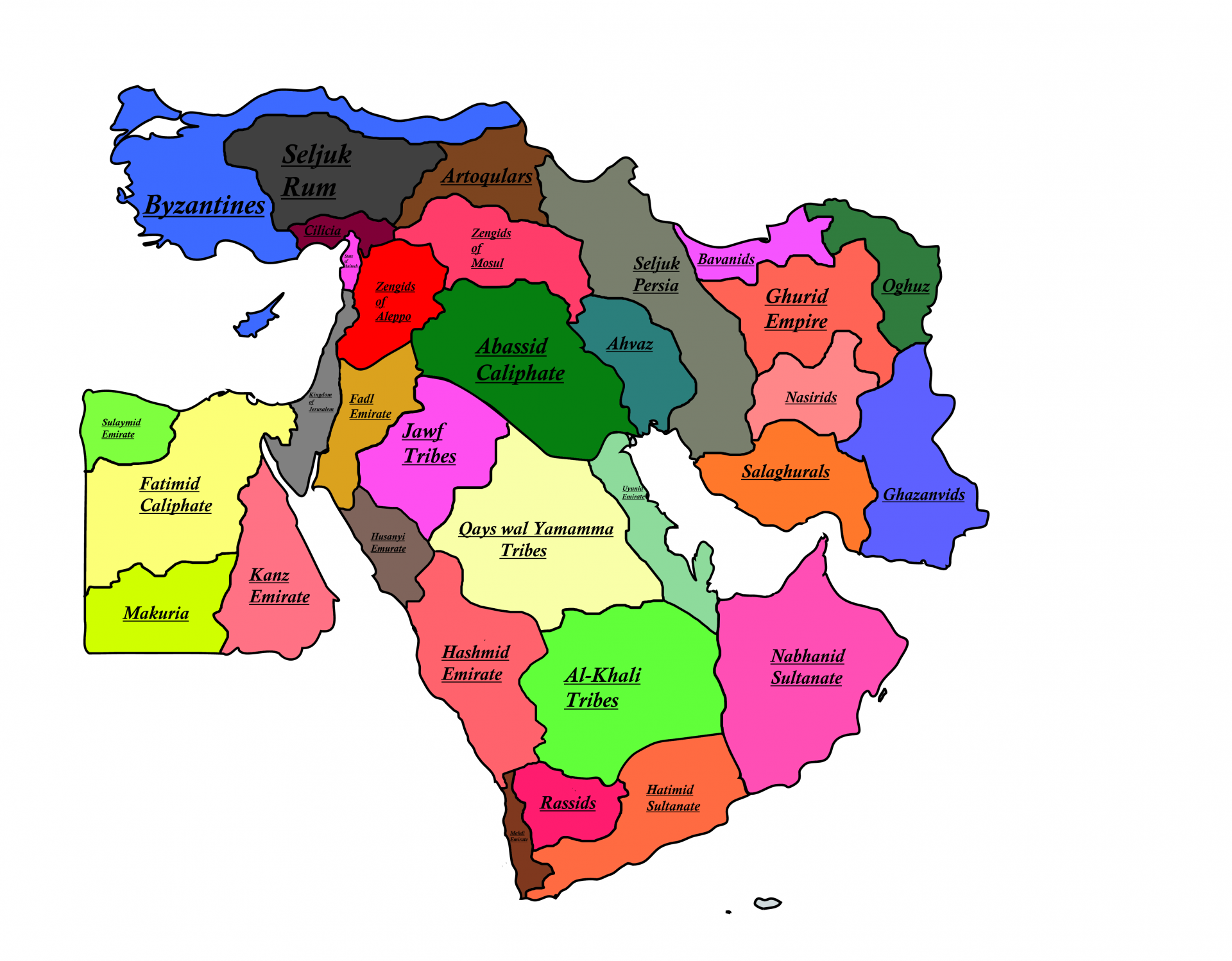 How Many Countries Are There In The Middle East Today? How Many Countries Are There In The Middle East Today? The Middle East includes countries that share common factors like ethnic groups, geographic features, religious beliefs, and political history. How many countries are there in ... |
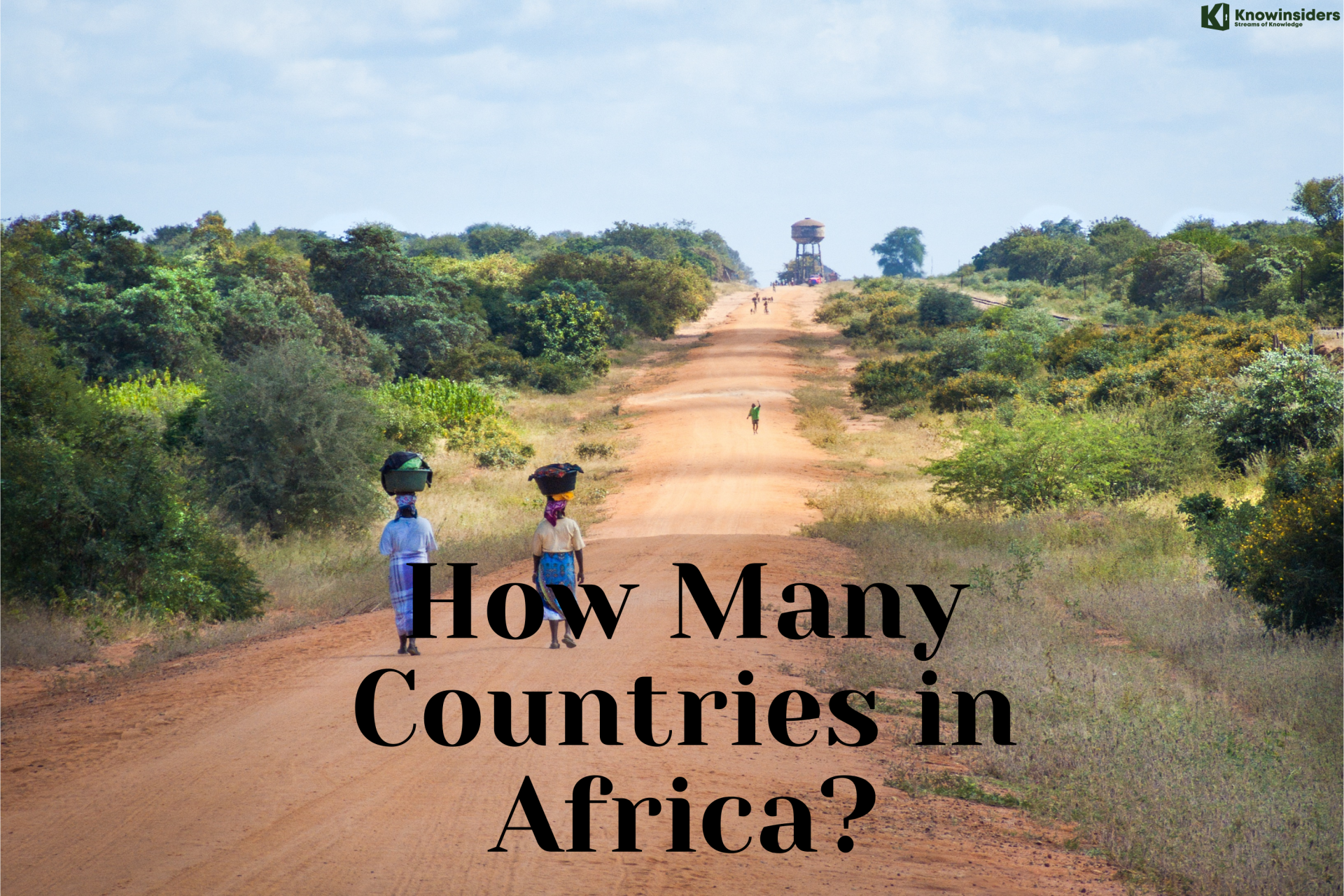 How Many Countries Are There in Africa: Full List, Population, Richest and Smallest How Many Countries Are There in Africa: Full List, Population, Richest and Smallest How many countries in Africa (Updated): Which one is the richest, poorest, smallest, latest population, Facts and Figures. |
 How Many Countries Are There In Asia: Full List, Population, Facts and Figures How Many Countries Are There In Asia: Full List, Population, Facts and Figures Asia is the largest of the five continents. How many countries in Asia: Full List, Population, Richest, Smallest, Biggest, Most Powerfull, Facts and Figures... |

